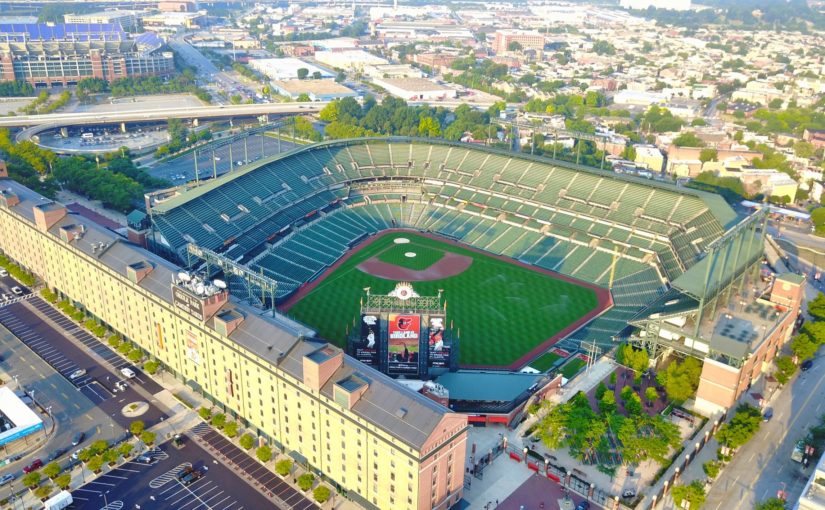
When we first wrote about our predictions of virtual reality tech trends in sports (read our 2017 projections) we thought we would see more of an injection of virtual reality into sports broadcast sooner. Faced with forced change due to COVID, we are now seeing this forced intersection, a form of augmented reality.
With some professional sports leagues returning to the stage over the last week, we’ve been witness to some strange dichotomies of high and low-tech solutions. To recap, Major League Baseball (MLB) returned to play July 23rd but not without some major disruptions, the biggest of which is the COVID outbreak among 20+ Miami Marlins players and staff, which has taken the team out of play until at least Sunday. The NBA (that’s basketball for our international readers) returned last night after its players have been living in a ‘bubble’ in Orlando where all its players are restricted from any major travel, and all games are played in a common facility. Hockey restarts tomorrow in Canada.
The strangeness of these scenarios is presenting some unique challenges for players and fans—challenges that have been met with the injection of some very high and low-tech solutions to create a new augmented sports reality. In Los Angeles, for example, the Dodgers have a fairly high-tech solution for filling the auditory void of not having fans in the stands: they are augmenting the cheer of the handful of face masked players on the bench by playing dynamic crowd noise from the MLB The Show video game through the PA system. (England’s Premier League and Spain’s La Liga were actually the first to return to play with crowd noise from video games.)
In a decidedly more low-tech solution to the problem of giving the feeling of game popularity (and thereby not showing empty seats on TV during live games), some MLB teams are offering fans the chance to buy photo cardboard cutouts of themselves that will be placed in seats. The resulting image of all these cutouts on TV has been surreal, as the photo sizes are not always proportionate, so you have this strange view of a 10-year-old kid with a much bigger head than that of the 40-year-old sitting next to him.
These low-tech solutions to baseball’s seat image challenges have made me think: why can’t MLB ‘RPost’ this—i.e. why does the innovation have to stop with crowd noise? Why not give the photo cutouts WIFI-enabled camera eyes that can be logged into remotely by a fan who purchased a ‘virtual ticket’? Or why not an augmented reality-based solution where fans can be ‘beamed’ into seats via a green-screen?
The NBA has been a little more innovative in its approach to fan participation and interaction: they are allowing for Microsoft Teams ‘together’ mode to give fans more of a communal experience. They are also using twitter polls to help fans engage with teams and compete with one another.
What is clear is that this new ‘normal’ environment presents tremendous opportunities to leverage technology to create innovative and augmented reality solutions from everything from sports to work productivity.
At RPost, we’re determined to take low-tech to high-tech as quickly and effectively as possible to the benefit of our customers and partners. Our new RMail E-Paper solution, which automatically converts any email attachment into an eSign ready image in the recipient’s web browser, is a prime example. Or have a look at our RSign RForms™, which makes it easy to convert any document or PDF form into a web form that is fillable with a variety of form field rules and dependencies.
Read More:
Create an Electronic Signature
I, for one, am glad we’re seeing the return of some major professional sports—even with the hiccups we’ve seen over the past week. It not only creates a sense of normalcy but also one of opportunity to innovate given difficult times, which can be an example for us all.

December 12, 2025

December 05, 2025

November 21, 2025

November 14, 2025

November 07, 2025